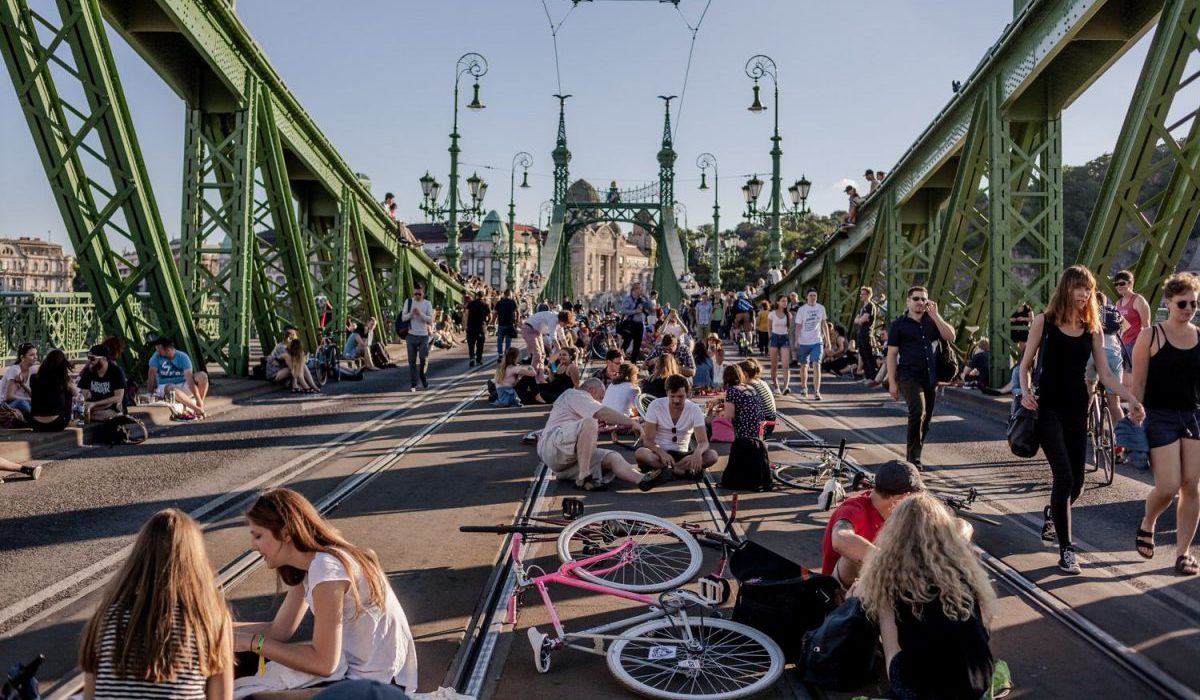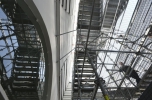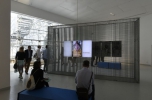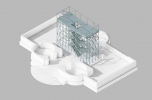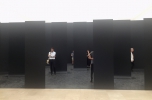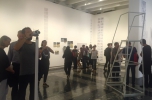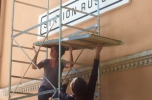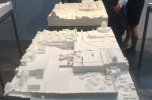Freespace
16th International Architecture Biennale, Venice
May 26th – November 25th 2018
Text: György Szegő
Photos: Hanna Szegő, Norbert Hartyányi
„Freespace”, which is this year’s slogan published by Yvonne Farell and Shelley McNamara Irish architects/curators, may be translated in more than one way, but its progressive contents has been on the air for more than a decade. The concepts of space and freedom have moral, political, philosophical approaches that the exhibition units of the Arsenale and other national pavillions. Of the national pavilions the Hungarian one titled „Liberty Bridge – New Horizons in the City” reacts in an easily understandable way to the call: its curators (Júlia Oravecz, Anna Göttler, Éva Tornyánszki) have narrated through excellent videos and video interviews about the urban infrastructure change of urbanistic scales initiated from below, by civilians. Verena Konrad, the Austrian curator said „Architecture does not serve”. Communal utilization of spaces evoking well-hidden parts of Austria are shown by experimental designs by Henke Schreieck Architekten and LAAC Architekten. The British pavillion has exited from itself and from topics of closely interpreted architecture, and tells us about an unknown island, the „Island”, the chances of returning to paradise. The Finnish pavilion is centred around a library installation, in which one of the chairs is Aalto’s design (Artek 40. the Russian exhibitors welcome us with a RUSSIA STATION sign on the facade of their pavillion evoking railway stations with its typography. It actually presents the renewal and transformation of Russian-Soviet railway and underground stations with a generous fresh exhibition-technology. The Japanese exhibition is also a unique one. Titled Architectural Ethnography, it is a survey of design and life, tradition and future, which are more consciously associated in Japan than elsewhere in the world.
